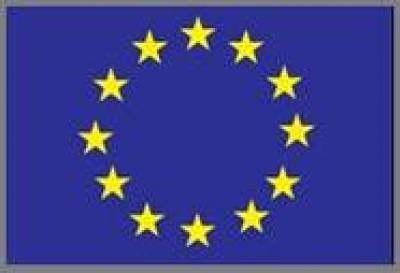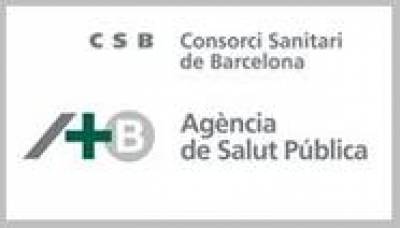The INEQ-CITIES Project estimated health inequalities in avoidable mortality at the small-area level within 15 European cities. The leading causes of avoidable mortality were analysed, separately for men and women. Avoidable deaths for each city were aggregated over a study period close to the turn of the 21st century.
For each avoidable cause of death, INEQ-CITIES provides three indicator maps to display inequalities in avoidable mortality within cities. The relative risk of avoidable mortality is displayed in the maps of the Smoothed Standardised Mortality Ratio (sSMR), and the Smoothed Standardised Mortality Ratio (sSMR) according to the European standard population. The statistical significance of the estimated risk of avoidable mortality is shown in the map of the Probability that the sSMR is Higher than 100. To access the avoidable mortality maps produced by INEQ-CITIES, please visit the links below.
City Maps of Avoidable Mortality (A - Z):
The individual city- and sex-specific files contain maps for different causes of deaths. The map names include codes for different causes:
- 2 = AIDS (HIV disease),
- 7 = MN colon,
- 8 = MN rectum, annus and anal canal,
- 14= MN cervix uteri,
- 18= MN testes,
- 21= Hodgkin's disease,
- 32= Rheumatic heart disease,
- 33= Hypertension,
- 34= Ischaemic heart disease,
- 35= Heart failure,
- 36= Cerebrovascular disease,
- 42= Peptic ulcer,
- 48= Renal failure,
- 51= Conditions originating in the perinatal period,
- 52= Congenital heart disease.
Amsterdam (1996 - 2008)
Barcelona (1995 - 2008)
Bratislava (1996 - 2008)
Brussels (2001 - 2004)
Budapest (2001 - 2008)
Helsinki (2000 - 2009)
Košice (1996 - 2008)
Lisbon (1995 - 2008)
London (1995 - 2008)
Madrid (1995 - 2007)
Prague (2003 - 2007)
Rotterdam (1996 - 2008)
Stockholm (2000 - 2007)
Turin (1995 - 2008)
Zurich (1995 - 2008)
 Close
Close





